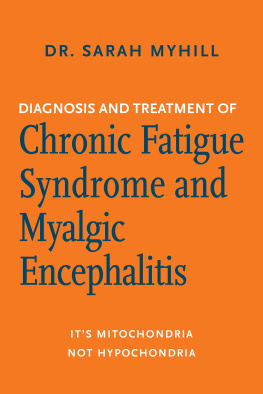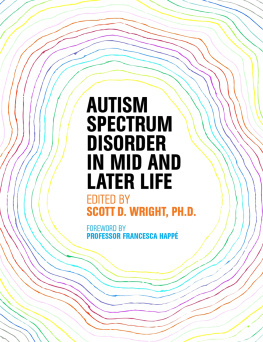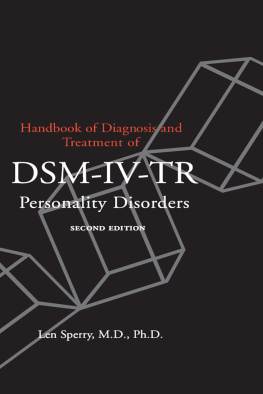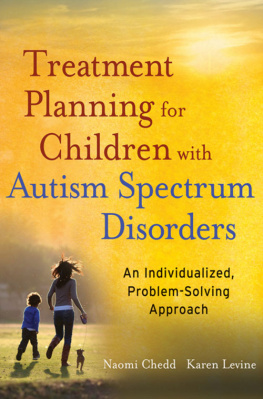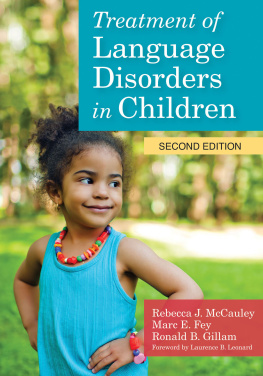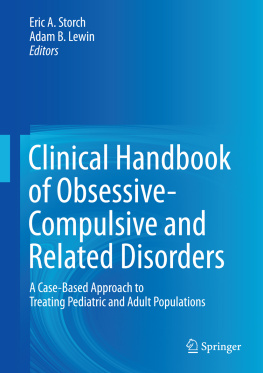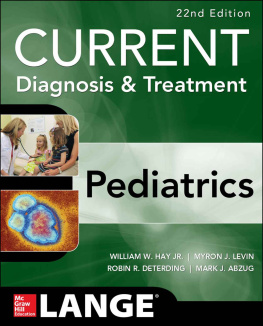
ACUPUNCTURE for
BABIES, CHILDREN
and TEENAGERS
TREATING BOTH THE ILLNESS AND THE CHILD
REBECCA AVERN
Illustrated by Sarah Hoyle
Foreword by Julian Scott

Contents
Foreword
Acupuncture for children continues to be a rapidly growing area of interest amongst both practitioners and parents. It is quicker and usually more effective than orthodox Western medicine, free from side effects and wholly suited to the treatment of so many conditions that plague children, such as earache and chronic cough. It is mainly ignorance of its capabilities that keeps people away. There is also, perhaps, a feeling that using needles is too invasive and will not be tolerated by many children. In this book there have been great strides in giving effective treatments in a gentle way, either with or without needles. Now there are easy-to-use press needles that can hardly be felt, there are hand-held laser pens which are effective for more delicate children, and of course there is always moxa. Rebecca also includes comprehensive details of paediatric tui na , where appropriate, and shows how it may either be used on its own or combined with acupuncture treatment.
Another of the great advantages of acupuncture is that it is cheap to administer. There are no extra costs involved except a practitioners time and some sterile needles. As the world becomes more unstable, with population migrations, and income differentials increasing, the great majority of people will not have access to, or will not be able to afford the expense of, Western drugs. It is my opinion that as crises become increasingly more common, acupuncture will be sorely needed. This book is therefore timely.
It is an exciting time for the acupuncture profession. When I started my practice, there were very few textbooks on acupuncture available in English; just a few point manuals, and sketchy translations from Chinese. Fortunately, that has now changed, and there are many excellent books and training courses to choose from, and many books covering specialist subjects.
This book is a wonderful contribution to the area of treating children, and it is very welcome. Welcome for many reasons, not least because it shows that acupuncture really can be learned by any good practitioner; welcome because it provides a different point of view, with a strong emphasis on the Five Element approach as taught by JR Worsley. There is also much new information, including causes of disease that were not so much seen in children only a few decades ago, differentiations of 21st-century conditions, such as chronic fatigue syndrome, details of red flag signs that the practitioner should look out for and a focus on what goes on in the treatment room.
I have known Rebecca for many years and she brings to this book her compassionate approach to working with vulnerable teenagers. Here she shows how a combination of what is commonly known as TCM, together with a Five Element style, can be used to treat adolescents. It is of course difficult to take the first steps in treating children, but the chapters that Rebecca has devoted to teenage problems (including anorexia and self-harm) are a good place to start. Teenagers often have younger brothers and sisters, so gradually one can extend the age range towards the very young. Throughout the book Rebecca distinguishes the different approaches to treatment that are needed depending on the age of child being treated.
I can honestly say that treating children is one of the most rewarding areas of practice and I am delighted that more authors are joining the campaign to see acupuncture widely accepted for the treatment of babies and children.
Dr Julian Scott, MA, PhD, Cert.Ac. (China)
Fellow of BAcC
Notes for the Reader
Prior knowledge
It is not the aim of this book to teach the basics of Chinese medicine. My aim is, rather, to teach suitably qualified practitioners how to practise paediatric acupuncture. I have therefore assumed a basic knowledge of the fundamental concepts of Chinese medicine. For those readers who may be unfamiliar with some of the concepts of Chinese medicine, I recommend two outstanding texts, namely The Foundations of Chinese Medicine and The Practice of Chinese Medicine , both by Giovanni Maciocia.
Neither is it my aim to teach the reader how to practise Five Element constitutional acupuncture, of which I am aware many may be unfamiliar. I practise an integrated style of what is commonly called TCM acupuncture, with the Five Element constitutional style. Therefore, although there is some explanation of and reference to this style throughout the book, the reader who is interested in practising it will need to explore further. I recommend the only thorough and comprehensive text on this style, which is Five Element Constitutional Acupuncture by Angela Hicks, John Hicks and Peter Mole.
In addition, I do not cover point location, except for a small number of points which are widely used in paediatric acupuncture and less so with adults. A Manual of Acupuncture by Peter Deadman, Mazin Al-Khafaji and Kevin Baker is, in my opinion, an unrivalled text on this aspect of practice.
My main sources
My understanding of the full, empty and Phlegm-type child (as described in ) is largely based on the teachings of Julian Scott and Teresa Barlow and their description laid out in their text Acupuncture in the Treatment of Children (1999).
My understanding of the Five Element constitutional imbalance is based on the work of JR Worsley, which was taught to me at the College of Integrated Chinese Medicine, Reading, UK.
I have included patterns that I see most often in paediatric clinical practice. Underpinning this is a knowledge of TCM patterns I gained from working with Giovanni Maciocia. My understanding of how some of the basic patterns manifest in children is also based on Julian Scotts teachings.
The description of tendencies towards pathological movements of qi (as described in ) is based on my own clinical experience.
My use of paediatric tui na is based on what I learned from Dr Hongchun Yin, and is also influenced by Elisa Rossi and Fan Ya-li.
My use of shonishin is based on what I learned from Stephen Birch.
Capital letters
When an organ is written with an initial capital letter, it describes one of the zangfu . When it is written with a small letter, it denotes an organ in the context of Western medicine. When a climatic factor such as cold is written with a small letter, it alludes to cold as used in common parlance. When it is written with an initial capital, it refers to the Chinese medicine concept of a Pathogenic Factor.
Gender pronouns
I have alternated between female and male gender pronouns throughout the book. I have attempted to do this in a balanced fashion and it is not my intention to favour either the male or the female.
Definition of constitutional imbalance
Throughout the book, the term constitutional imbalance refers to each childs fundamental, possibly innate, constitutional imbalance in one of the Elements. This is what practitioners of the Worsley school refer to as the causative factor. The constitutional imbalance is considered to be the root ( ben ), which may give rise to manifestations of dysfunction ( biao ) in any of the other Elements. For a full description, please see .
List of symbols
Age of child
These four symbols are used throughout the book to denote when a pattern or aetiology is particularly relevant for that age group. When used with patterns, it does not mean that the pattern can only be seen in that age group, but that it is more common.
Next page

